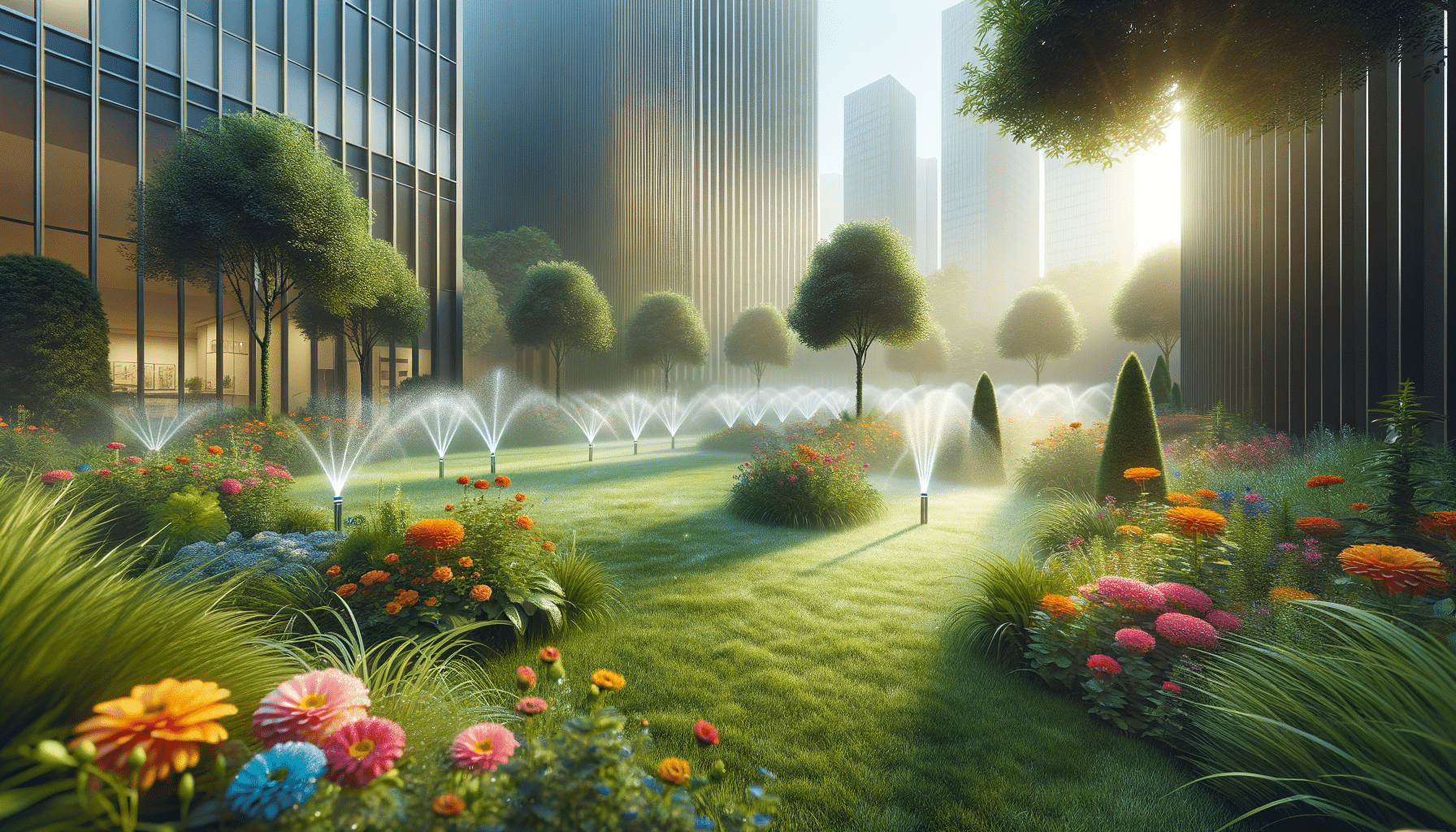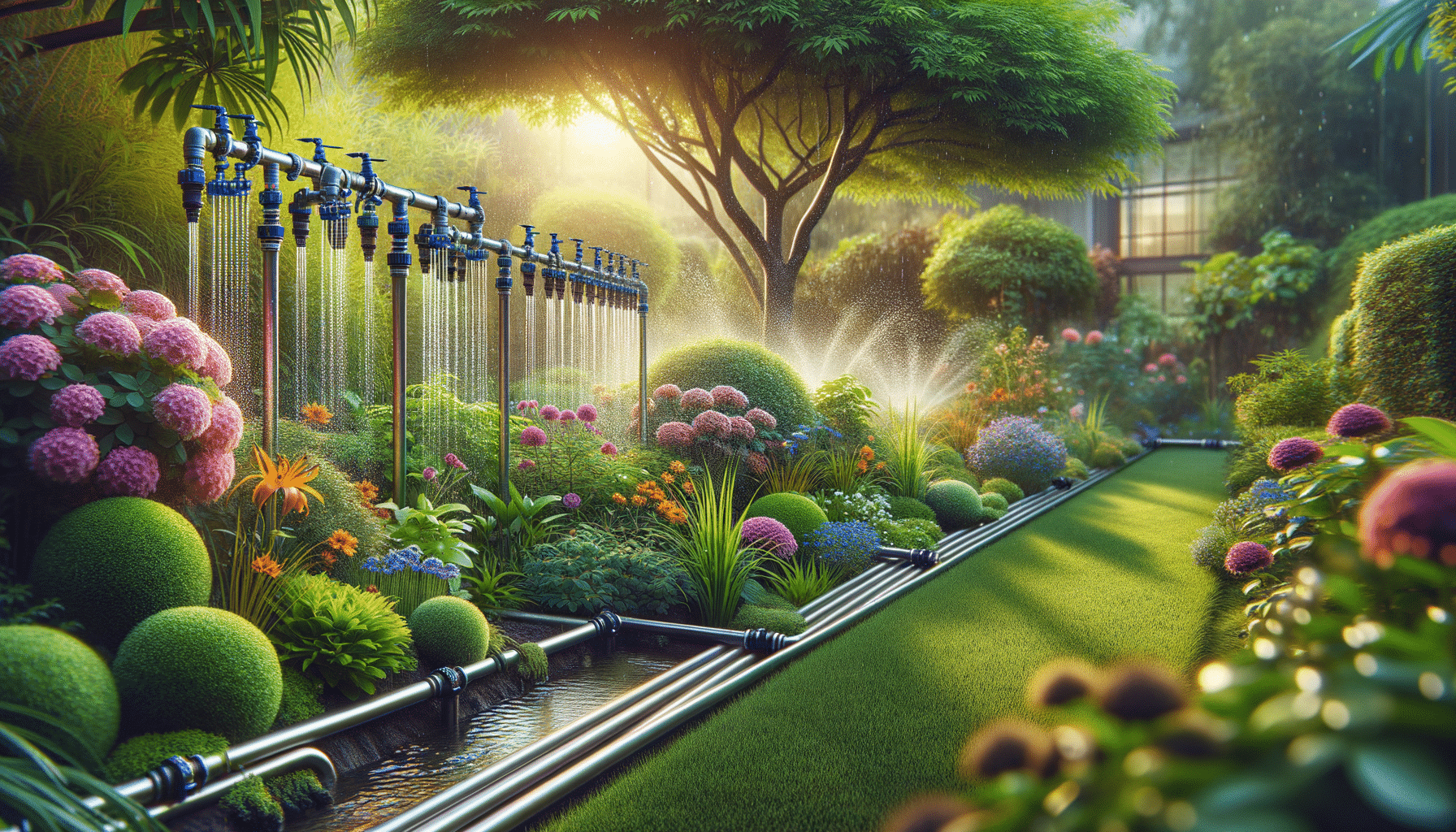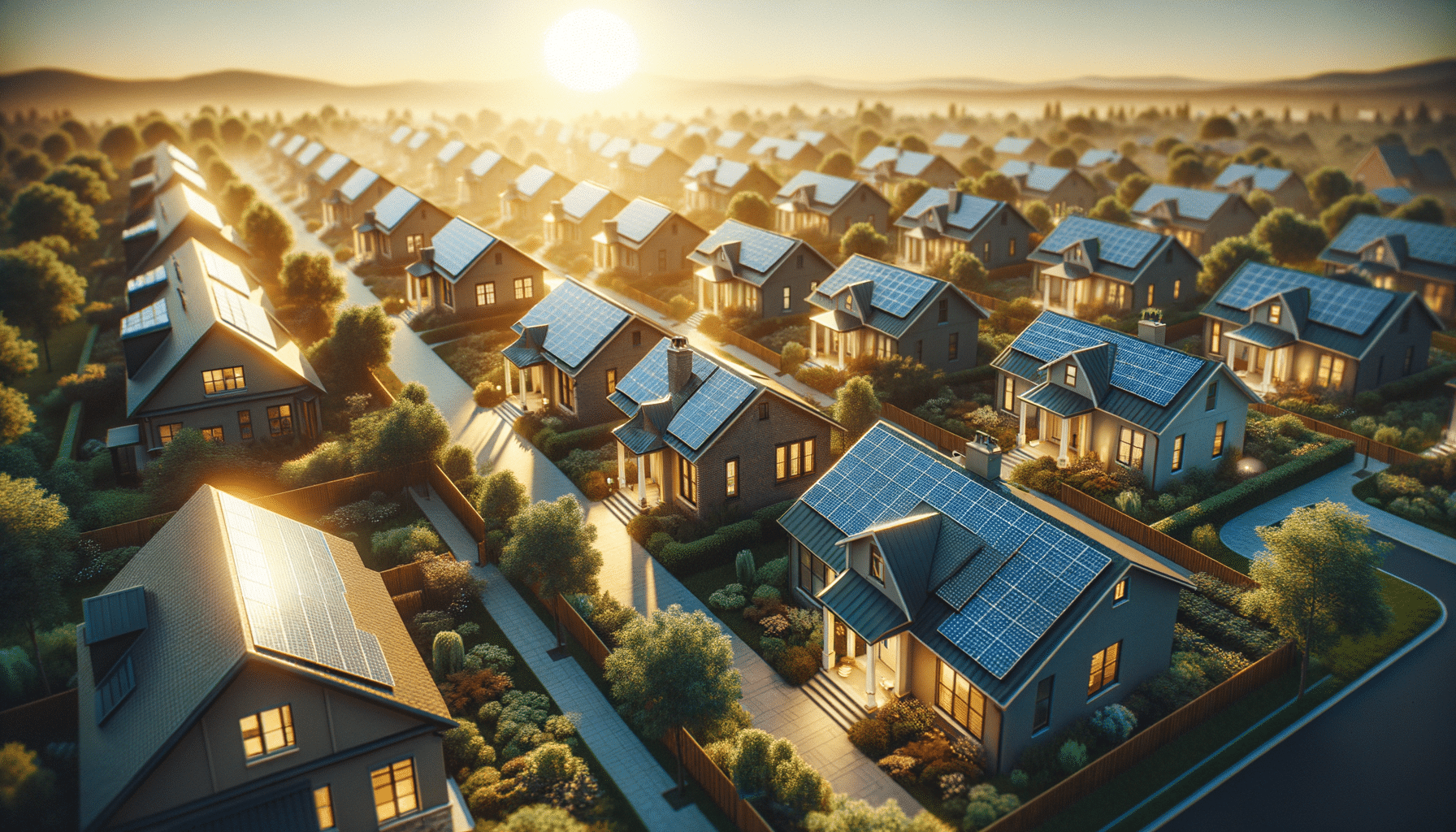
Balancing Modern Design with Environmental Responsibility
As sustainable real estate continues to gain momentum, the challenge of balancing modern design with environmental responsibility has become a focal point for architects, developers, and homeowners alike. This intriguing interplay between aesthetics and sustainability calls for innovative solutions that not only meet the demands of contemporary living but also respect and preserve our natural environment.
Modern design and environmental responsibility might seem like disparate goals, yet they are increasingly being integrated into cohesive strategies within the field of sustainable real estate. According to the World Green Building Council, buildings are responsible for nearly 40% of global energy-related carbon emissions, highlighting a critical need for environmentally conscious design practices. Experts in the field, like architect Amanda Sturgeon, advocate for biophilic design, which connects people with nature through their surroundings, enhancing well-being and reducing environmental impact.
Embracing Sustainable Materials
The choice of materials is a cornerstone of sustainable design. Utilizing recycled, reclaimed, or rapidly renewable materials can significantly reduce a building’s carbon footprint. For instance, bamboo is a highly renewable resource often used in flooring and furniture, offering durability and a modern aesthetic without the ecological cost of traditional hardwoods.
Innovative Energy Solutions
Energy efficiency remains a critical focus in sustainable real estate. Incorporating solar panels, geothermal heating, and energy-efficient appliances can drastically reduce energy consumption. A study by the International Energy Agency found that energy efficiency improvements could account for more than 40% of the reduction in energy-related emissions needed to meet global climate goals.
Designing for Community and Environment
Modern sustainable designs also focus on enhancing community and environmental connections. Urban planners are creating spaces that encourage walking, biking, and the use of public transportation, reducing reliance on cars and fostering a sense of community. This approach not only lowers emissions but also promotes healthier lifestyles.
Personal Anecdote
Consider the experience of Tom, a homeowner who recently renovated his home with sustainability in mind. By integrating passive solar design and locally sourced materials, he managed to cut his energy bills by 50% while increasing the comfort and aesthetic appeal of his home.
Actionable Tips
- Incorporate native landscaping to save water and support local ecosystems.
- Opt for energy-efficient lighting solutions like LED bulbs.
- Consider installing smart home systems to optimize energy use.
- Use low-VOC paints to improve indoor air quality.
Comparison of Sustainable vs. Traditional Design
| Aspect | Sustainable Design | Traditional Design |
|---|---|---|
| Materials | Recycled/renewable | New/finite |
| Energy Use | Efficient/renewables | High consumption |
| Water Management | Conservation systems | High use |
| Indoor Air Quality | Low VOCs | High VOCs |
| Community Impact | Inclusive design | Isolated planning |
| Cost Over Time | Lower operational costs | Higher operational costs |
| Aesthetic | Nature-inspired | Man-made emphasis |
| Longevity | Durable and timeless | Short-term trends |
FAQs
What is sustainable design?
Sustainable design focuses on creating buildings that use resources efficiently and minimize environmental impact.
How can I make my home more sustainable?
Start with energy-efficient appliances and consider solar panels or improved insulation to reduce energy consumption.
Why is sustainable real estate important?
It helps reduce environmental impact, lowers energy costs, and promotes a healthier living environment.
In conclusion, balancing modern design with environmental responsibility in sustainable real estate is not just a trend but a necessity. By embracing innovative materials, energy solutions, and community-focused designs, we can create spaces that are aesthetically pleasing, functional, and environmentally friendly. For those eager to make a difference, taking small steps towards sustainability in your own home can contribute to a larger positive impact on our planet.


